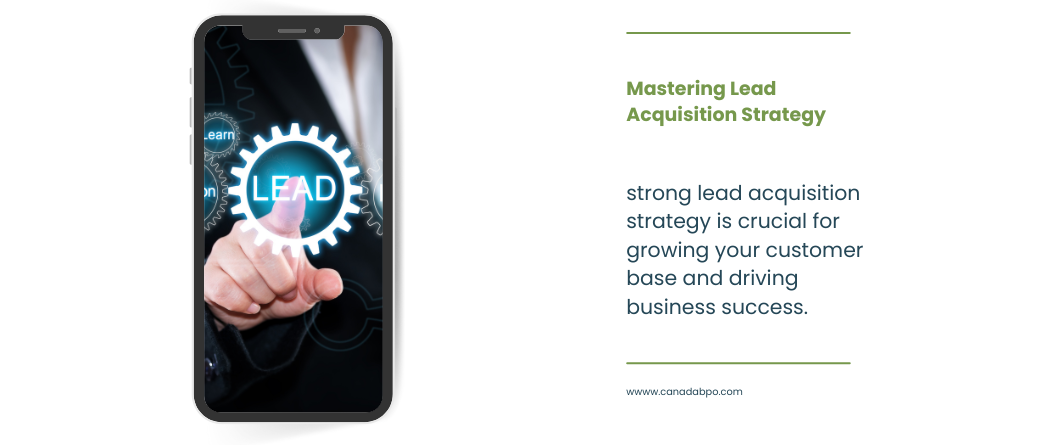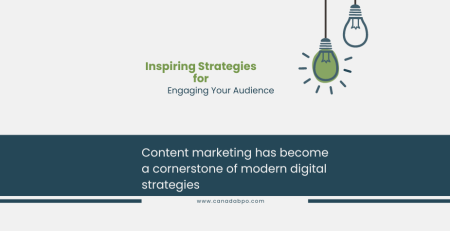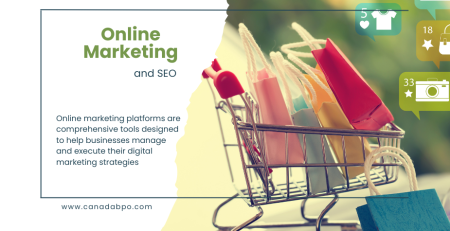A strong lead acquisition strategy is crucial for growing your customer base and driving business success. Lead acquisition refers to the process of identifying and obtaining new leads that can be converted into customers. This post will explore the fundamentals of developing an effective lead acquisition strategy, the best tactics to implement, and how to optimize your efforts to consistently capture quality leads.
What is a Lead Acquisition Strategy?
This section explains the concept of lead acquisition and its role in business growth:
- Definition:
A lead acquisition strategy is a plan or approach that focuses on attracting and converting new potential customers (leads) through various marketing channels. It encompasses both online and offline methods to identify, capture, and nurture leads until they are ready to make a purchase. - Why is a Lead Acquisition Strategy Important?
- Business Growth: Acquiring new leads is essential for expanding your customer base and driving revenue.
- Competitive Advantage: A well-designed lead acquisition strategy helps you stay ahead of competitors by consistently attracting and converting leads.
- Sustainable Success: Effective lead acquisition ensures a steady stream of potential customers, contributing to long-term business sustainability.
Key Components of a Successful Lead Acquisition Strategy
This section outlines the essential elements needed to create a robust lead acquisition strategy:
- Identifying Your Target Audience:
- Importance: Understanding who your ideal customers are allows you to tailor your acquisition efforts to attract the right leads.
- Best Practices: Develop detailed buyer personas that represent your target audience’s demographics, behaviors, and pain points.
- Choosing the Right Channels:
- Importance: Utilizing the most effective channels for your business ensures that your lead acquisition efforts reach the right audience.
- Best Practices: Select channels such as social media, search engine marketing, content marketing, email marketing, and paid advertising based on your target audience’s preferences and behaviors.
- Crafting Compelling Offers:
- Importance: Offers that provide value to your audience are key to capturing their interest and encouraging them to share their contact information.
- Best Practices: Create lead magnets such as free guides, discounts, webinars, or consultations that resonate with your target audience’s needs.
- Optimizing Landing Pages and Forms:
- Importance: Landing pages and forms are critical touchpoints in your lead acquisition strategy, as they convert visitors into leads.
- Best Practices: Use clear and persuasive copy, strong CTAs, and simple forms to optimize conversions on your landing pages.
Popular Lead Acquisition Tactics
This section covers specific tactics that are effective in acquiring leads:
- Content Marketing:
- Definition: Creating and distributing valuable content that attracts and engages your target audience.
- Use Case: Publish blog posts, videos, infographics, and downloadable resources that provide useful information and encourage visitors to subscribe or share their contact details.
- Search Engine Marketing (SEM):
- Definition: Using paid search ads to drive traffic to your landing pages and capture leads through targeted campaigns.
- Use Case: Implement PPC campaigns on platforms like Google Ads to reach potential leads actively searching for solutions related to your products or services.
- Social Media Advertising:
- Definition: Promoting your lead magnets and offers through paid social media ads on platforms like Facebook, LinkedIn, and Instagram.
- Use Case: Use precise audience targeting and compelling ad creatives to capture leads directly from social media.
- Referral Programs:
- Definition: Encouraging existing customers to refer new leads by offering incentives or rewards.
- Use Case: Leverage word-of-mouth marketing to acquire high-quality leads through customer referrals.
- Email Marketing:
- Definition: Sending targeted email campaigns to nurture potential leads and encourage them to convert.
- Use Case: Use personalized and segmented email campaigns to keep potential leads engaged and guide them through the buyer’s journey.
Measuring and Optimizing Your Lead Acquisition Strategy
Tracking and optimizing your lead acquisition strategy is essential for long-term success. This section discusses key metrics and optimization techniques:
- Key Metrics to Track:
- Cost Per Lead (CPL): Measure the cost of acquiring each lead through your various channels and campaigns.
- Conversion Rate: Track the percentage of visitors who convert into leads on your landing pages and forms.
- Lead Quality: Evaluate the relevance and potential of leads to become paying customers.
- Tools for Measurement:
- CRM Systems: Use customer relationship management software to track leads, manage interactions, and analyze acquisition efforts.
- Analytics Platforms: Leverage tools like Google Analytics to monitor website traffic, lead conversions, and overall performance of your acquisition channels.
- Optimization Techniques:
- A/B Testing: Continuously test different elements of your landing pages, ads, and forms to identify the most effective approaches for lead acquisition.
- Refining Targeting: Regularly review and refine your audience targeting to ensure your acquisition efforts are reaching the right people.
- Improving Lead Nurturing: Optimize your email marketing and follow-up processes to ensure that leads are properly nurtured and moved through the sales funnel.
Best Practices for Building a Lead Acquisition Strategy
To develop a successful lead acquisition strategy, consider the following best practices:
- Focus on Quality Leads: Prioritize generating high-quality leads that are more likely to convert into customers rather than simply increasing lead volume.
- Maintain Consistency: Lead acquisition is an ongoing process. Consistently invest in your acquisition efforts to ensure a steady flow of leads over time.
- Personalize Your Approach: Tailor your acquisition tactics and messaging to the unique needs and preferences of your target audience for better results.
- Align Sales and Marketing: Ensure that your sales and marketing teams are aligned in defining what constitutes a qualified lead and how leads should be managed throughout the buyer’s journey.
Developing a strong lead acquisition strategy is key to driving sustainable business growth. By identifying your target audience, selecting the right acquisition channels, and crafting compelling offers, you can attract and convert quality leads that fuel your sales pipeline. Regularly measuring and optimizing your strategy ensures that your lead acquisition efforts remain effective and deliver long-term results.
Looking to enhance your lead acquisition strategy? Contact us today to learn how we can help you create a customized plan that captures quality leads and grows your business.










